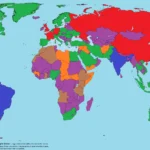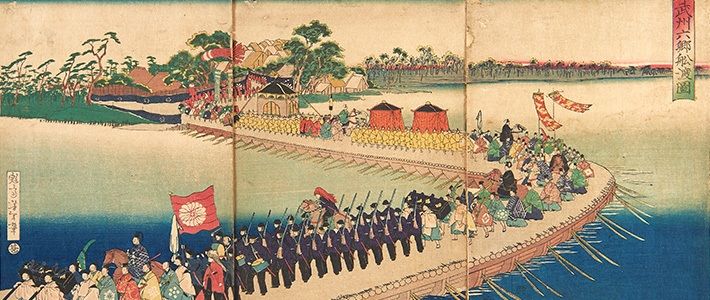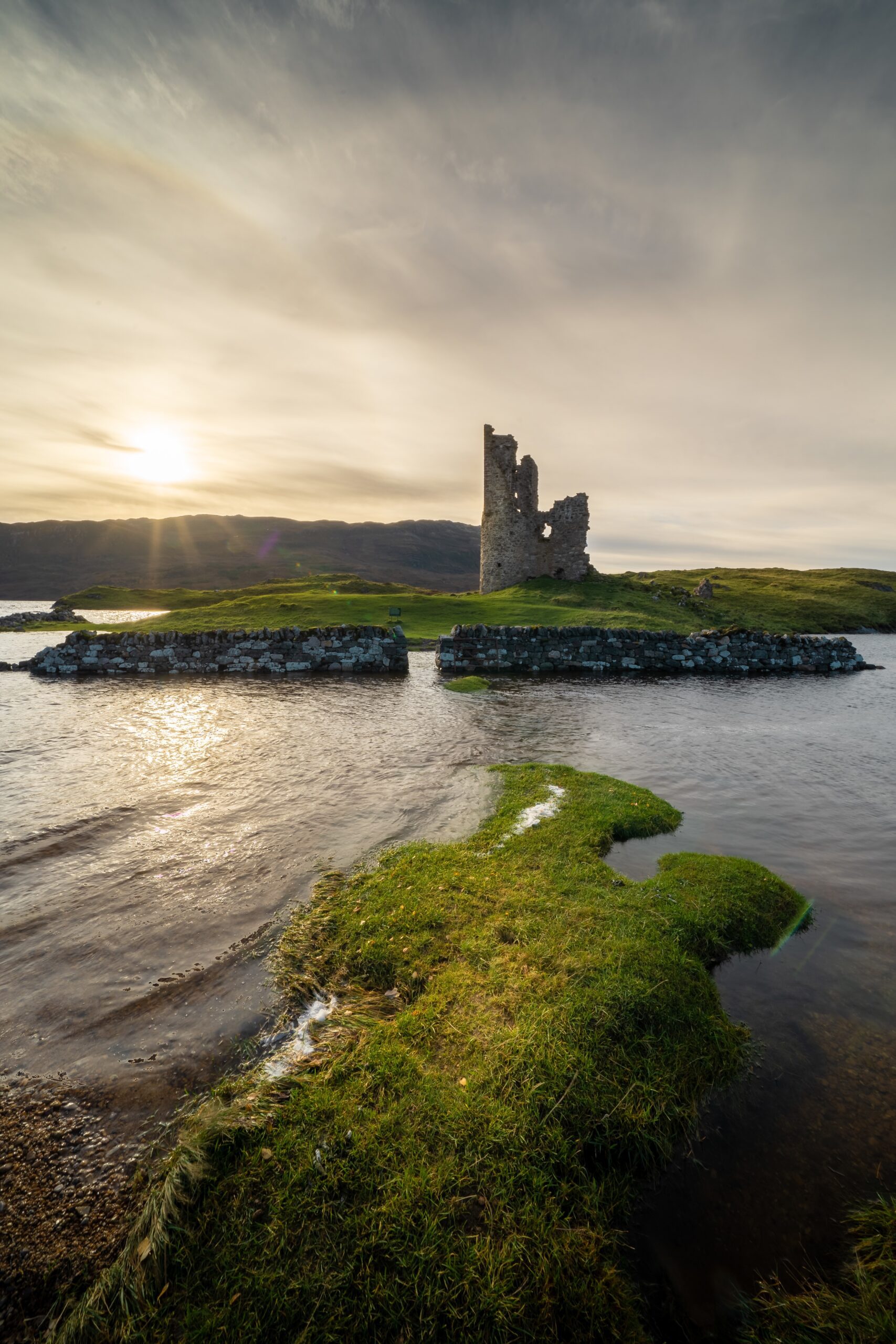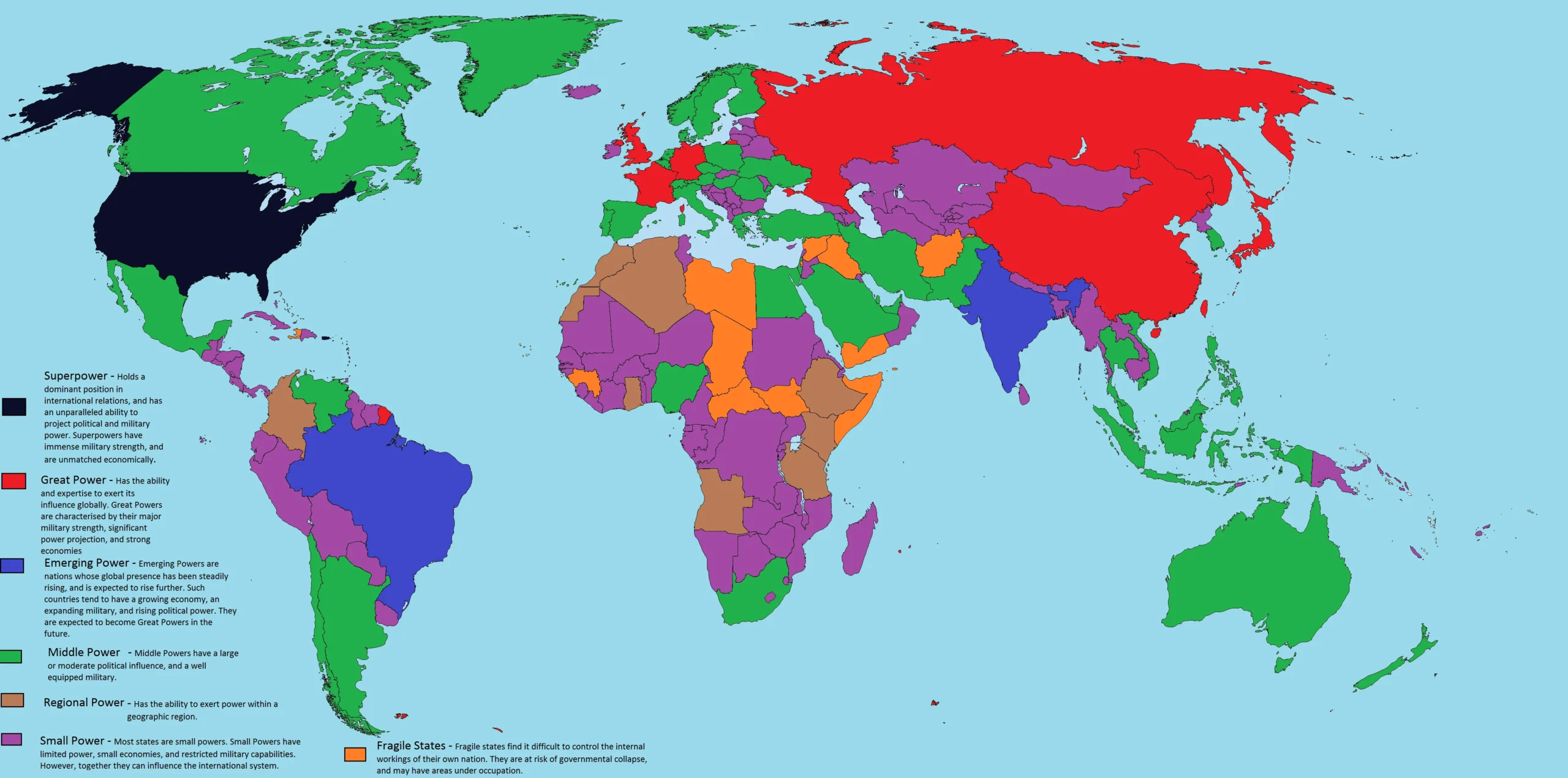History of Japan
Introduction
History of Japan,is an island nation located in East Asia, has a long, rich that spans thousands of years. From its ancient indigenous cultural to becoming a modern global power, Japan’s evolution is marked by periods of isolation, intense modernization, and resilience. The story of Japan’s history is a fascinating journey through feudal struggles, imperial ambitions, cultural blossoming, and technological innovation.
Ancient Japan (Prehistory – 538 AD)
The earliest known settlers in Japan were the Jomon people (c. 14,000–300 BCE), who lived in small tribal communities and are famous for their pottery. Following them, the Yayoi period (c. 300 BCE–300 AD) introduced wet-rice farming, metallurgy, and social stratification, largely influenced by migration from the Asian mainland, especially Korea and China.
By the Kofun period (c. 300–538 AD), Japan saw the rise of powerful clan leaders and the establishment of a centralized imperial government, with the Yamato clan eventually asserting dominance. This period set the foundation for the imperial system that, remarkably, still exists today.
Classical Japan (538–1185)
The introduction of Buddhism in the 6th century marked the beginning of Japan’s Classical era. Alongside Buddhism, Chinese culture heavily influenced Japanese government, religion, architecture, and writing.
The Nara period (710–794) was characterized by the first permanent capital at Nara and the spread of Buddhism and Confucian ideas. The Heian period (794–1185) followed, moving the capital to Kyoto and witnessing a flowering of Japanese culture, particularly in literature (like the famous Tale of Genji by Murasaki Shikibu) and art.
During this time, the imperial court became increasingly ceremonial, while local lords (daimyō) and samurai began rising in power.
Feudal Japan (1185–1603)
Feudalism took root after the Genpei War (1180–1185), when the Minamoto clan emerged victorious. Minamoto no Yoritomo established the first shogunate (military government) in Kamakura in 1192, creating a dual system where the emperor reigned, but the shogun ruled.
The Kamakura period (1185–1333) and subsequent Muromachi period (1336–1573) were marked by samurai dominance, internal warfare, and the arrival of Zen Buddhism. Despite attempts at Mongol invasions in the late 13th century (famously thwarted by the “kamikaze” typhoon), Japan remained relatively isolated.
The Sengoku period (1467–1603) saw near-constant civil war among competing feudal lords. This chaotic era ended when Oda Nobunaga, Toyotomi Hideyoshi, and finally Tokugawa Ieyasu reunited Japan.
Edo Period (1603–1868)
The Tokugawa shogunate ushered in over 250 years of peace and stability. The shogunate imposed strict social orders, centralized power, and enforced sakoku (closed country policy), isolating Japan from most foreign influence.
This period also saw flourishing urban culture — including kabuki theater, ukiyo-e woodblock prints, and the growth of cities like Edo (modern Tokyo). However, as Western powers advanced in the 19th century, internal pressure mounted to modernize.
Meiji Restoration and Modernization (1868–1912)
Facing pressure from U.S. Commodore Matthew Perry’s “Black Ships” in 1853 and unequal treaties, Japan recognized the need to modernize.https://www.japan-guide.com/e/e641.html The Meiji Restoration (1868) restored imperial rule under Emperor Meiji and initiated massive reforms.
Japan rapidly industrialized, built a modern military, established a constitutional government, and began expanding overseas. Victories in the First Sino-Japanese War (1894–95) and Russo-Japanese War (1904–05) marked Japan’s emergence as a global power.
Imperial Japan and World War II (1912–1945)
History of Japan continued to expand its empire during the Taisho and early Showa periods, acquiring territories in Asia and the Pacific. However, rising militarism led to aggressive expansion, including the invasion of China and eventually Japan’s role in World War II.
After the attack on Pearl Harbor in 1941, Japan entered into direct conflict with the United States and Allied Powers. The war ended tragically after the atomic bombings of Hiroshima and Nagasaki in 1945, forcing Japan’s unconditional surrender.
Post-War Japan and Economic Miracle (1945–1989)
After forces unde WWII, Japan was occupied by Alliedr General Douglas MacArthur. The country adopted a pacifist constitution in 1947 and underwent major political, social, and economic reforms.
The following decades saw the Japanese Economic Miracle, where Japan became the world’s second-largest economy by the 1980s. Technological innovation, manufacturing prowess (especially in electronics and automobiles), and a focus on education fueled this growth.
Conclusion
Japan’s history is a remarkable tale of endurance, transformation, and cultural richness. From ancient tribal societies to one of the most technolocally advanced nations, Japan has continuously reinvented itself in response to internal and external pressures. Its unique ability to harmonize tradition with innovation ensures that Japan remains influential on the global stage. As it faces future challenges, Japan’s past provides valuable lessons in resilience, adaptation, and the strength of cultural identity.
FAQs
1. When was Japan founded?
Japan does not have a clear founding date, but the imperial line traditionally dates back to 660 BCE with Emperor Jimmu. Historically, Japan began forming a unified state during the 3rd–5th centuries AD.
2. What was the samurai class?
The samurai were the military nobility and officer caste of medieval and early-modern Japan. They followed a strict code of honor known as bushido and played a central role in Japan’s feudal era.
3. Why did Japan isolate itself during the Edo period?
The Tokugawa shogunate sought to maintain social order and prevent foreign influence (especially from European colonial powers and Christianity) by enforcing a closed-country policy called sakoku.
4. What was the Meiji Restoration?
The Meiji Restoration (1868) was a political revolution that restored imperial rule and began Japan’s rapid modernization, turning it into an industrial and military power.
5. How did World War II affect Japan?
Japan suffered devastating losses during World War II, culminating in the atomic bombings of Hiroshima and Nagasaki. After surrendering, Japan was occupied by Allied forces, adopted a pacifist constitution, and rebuilt itself as an economic powerhouse.
6. What challenges does Japan face today?
Japan faces demographic challenges (aging and declining population), economic issues like stagnation, and geopolitical tensions, particularly with neighboring countries and global powers.
7.What is history of Japan?
The history of Japan is the story of how the islands evolved from ancient tribal societies into a powerful modern nation. It includes the rise of emperors, the era of samurai and shoguns, periods of isolation, rapid modernization during the Meiji Restoration, and its emergence as a major global force after World War II.












